Takatsuki is a city located just at the halfway point between Osaka and Kyoto. Conveniently, both JR and Hankyu express trains stop at it. Today, I’d like to introduce two cultural events held during “Golden Week” in Takatsuki. If you want to know about the historical aspect of Takatsuki, please check my previous article.
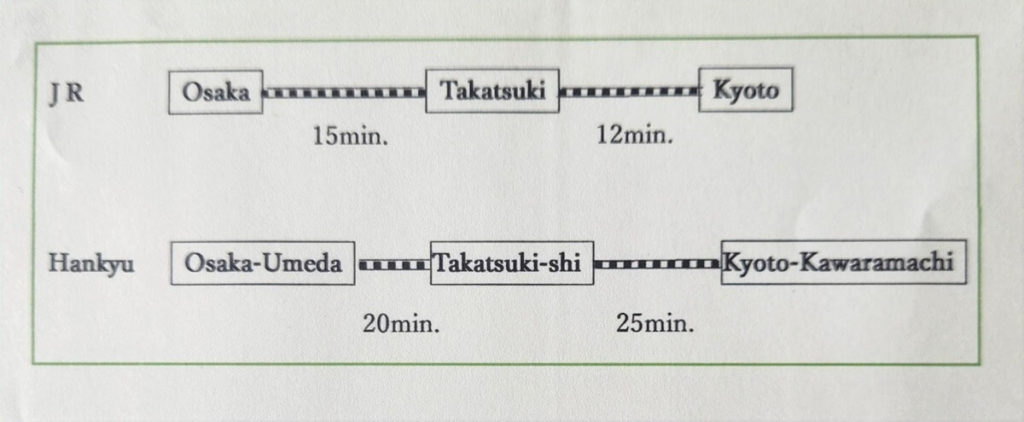
Takatsuki Jazz Street
The neighborhood which includes both JR and Hankyu stations is lined with many commercial facilities and is lively day and night. The “Takatsuki Jazz Street” event makes the area much more vibrant and full of life. It is a music festival that takes place over two days during Golden Week (May 3 and 4), with all venues offering free admission and fun for everyone. During this period, around 60 special stages are set up here and there. Visitors can take in a variety of music on street corners, in cafés, parks, schools, and other places, even in shrines! It is one of the largest independently-organized music events in Japan, attracting more than 4,000 professional and amateur musicians and 100,000 visitors.
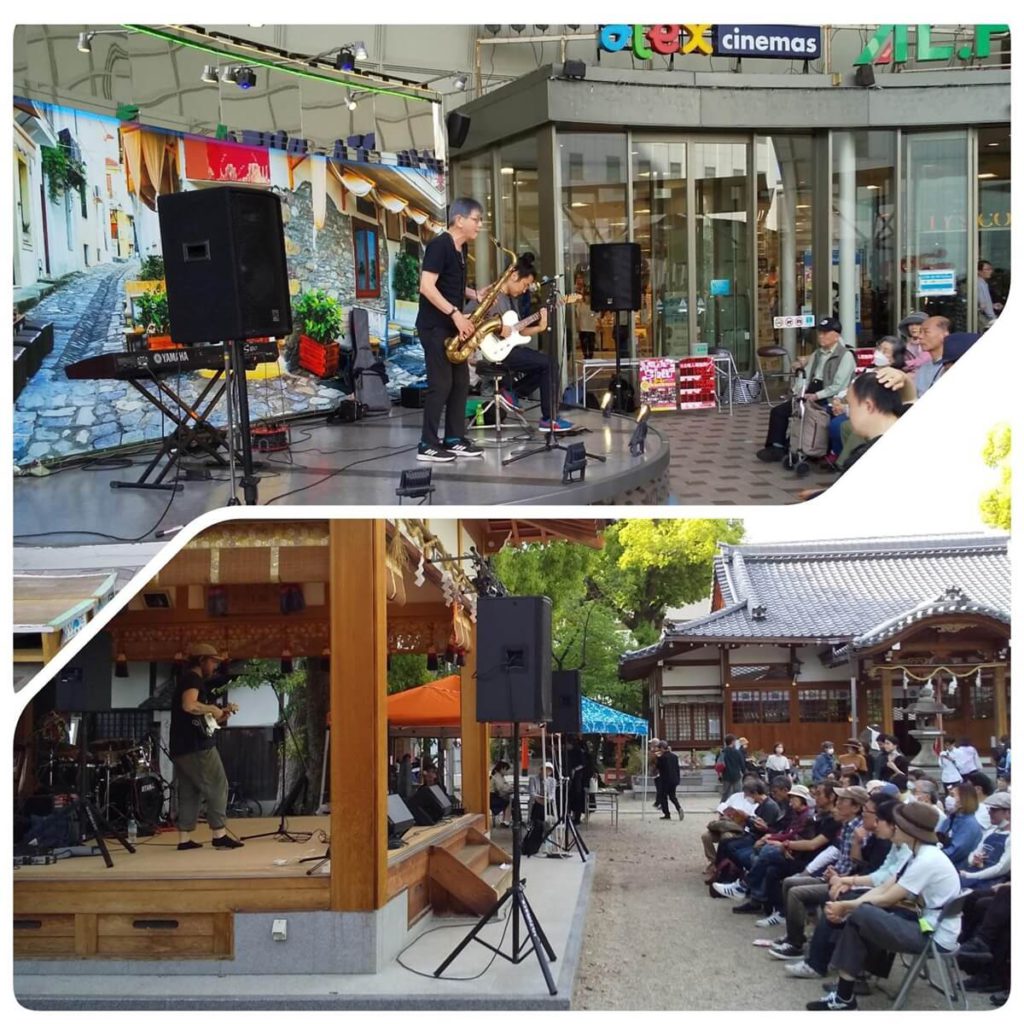
“Takatsuki Jazz Street” started in 1999 with the idea of “Let’s make Takatsuki a fun town full of music!” and has been held every year except for two years during the COVID-19 pandemic. It is funded by donations and support from businesses and shops in the city and, most importantly, the proceeds from the sale of Jazz Street T-shirts (known as ‘Jazz T’), the design of which is chosen from among many public submissions.
Why not come if you have a chance? You can do your homework and figure out which bands you would like to listen to beforehand or just wander around and be enchanted by the music you happen to come across. There are even two tour buses which are possible venues for a performance. You can fully immerse yourself in the live music until midnight.
“Takatsuki Jazz Street” was certified as a local tourism resource by Osaka Prefecture in 2016.
Here is the link to the Takatsuki Jazz Street 2022, where you can see what it’s like.↓
https://youtu.be/N6UgKa3rZww?si=Eqoe1IwVuYdpjYS2
Here is the link to the schedule for Takatsuki Jazz Street 2024↓
https://www.0726.info/schedule
Takatsuki-jo Park (高槻城公園)
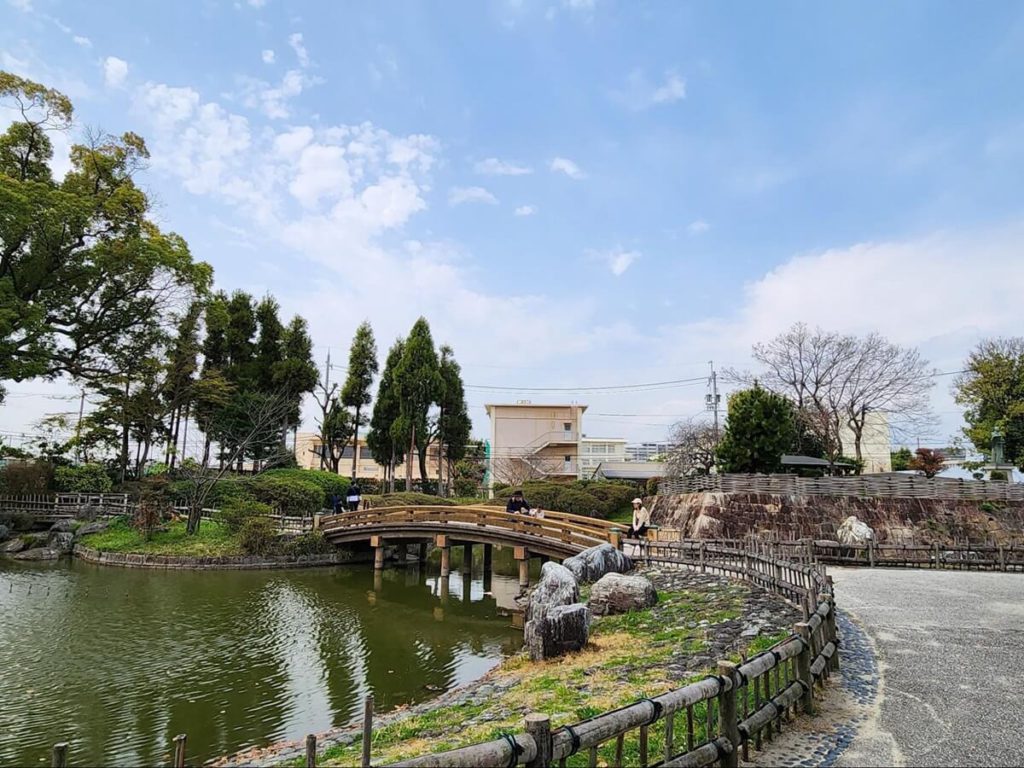
Takatsuki Castle was built in 1573. Takayama Ukon (高山右近), a famous Christian feudal lord, was the master of the castle. The castle played an important role in the area during the Edo period but was torn down for materials for the railroad over time. Today, part of the area is maintained as a park for citizens to relax in, with stone walls and a pond as reminders of the castle’s past. During the “Jazz Street” event, there are many stalls selling handmade crafts, foodstuffs, and hands-on workshops, as well as a large stage that serves as a venue for live performances.
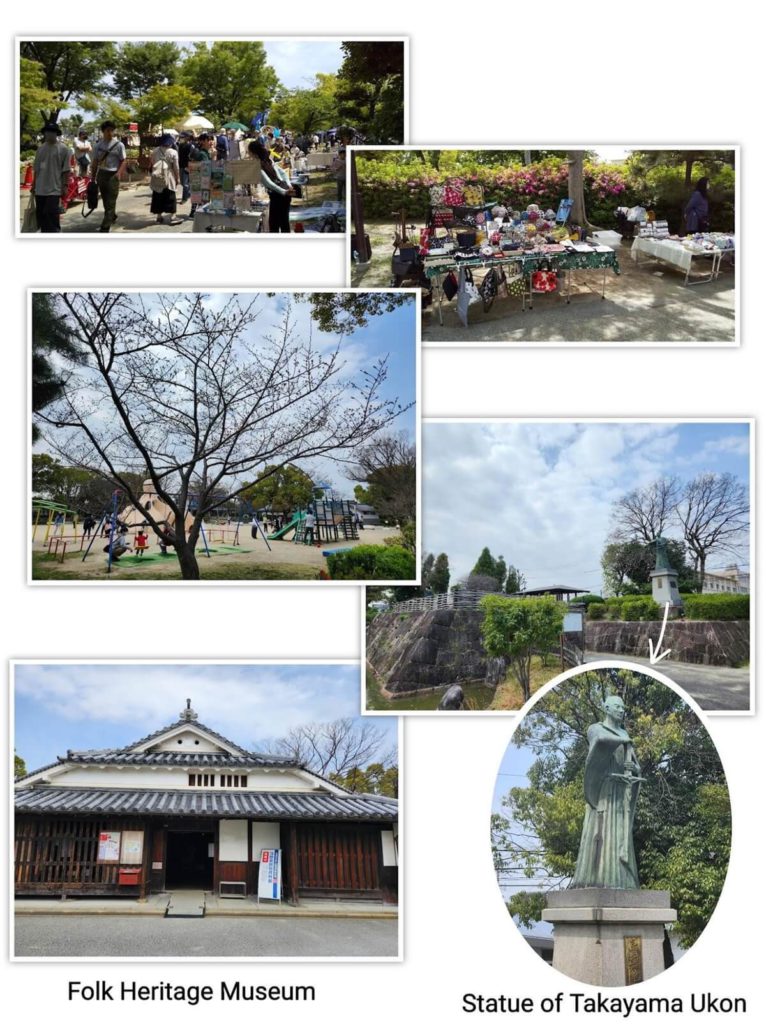
Takatsuki Arts Theatre (高槻城公園芸術文化劇場)

Takatsuki Arts Theatre was newly built on the site of Takatsuki Castle in 2023 and includes a large hall with a capacity of 1,500 people, many other studios, and a cafe.
In addition to recreating the moat and walls reminiscent of the former Takatsuki Castle, the exterior walls are lined with vertical lattice timber (louvers) reminiscent of the lattice doors of the castle town, giving the historical remains a modern design. At night, the theater is lit up in amber, creating the atmosphere of a castle. The interior is certainly spacious and modern. Of particular note are the countless wooden cubes that adorn the walls of the hall, providing a unique and striking aesthetic. This architectural feature also contributes to the excellent acoustics, making it an ideal venue for musical performances. During “Takatsuki Jazz Street,” visitors can experience music at its best with free performances in this state-of-the-art facility.
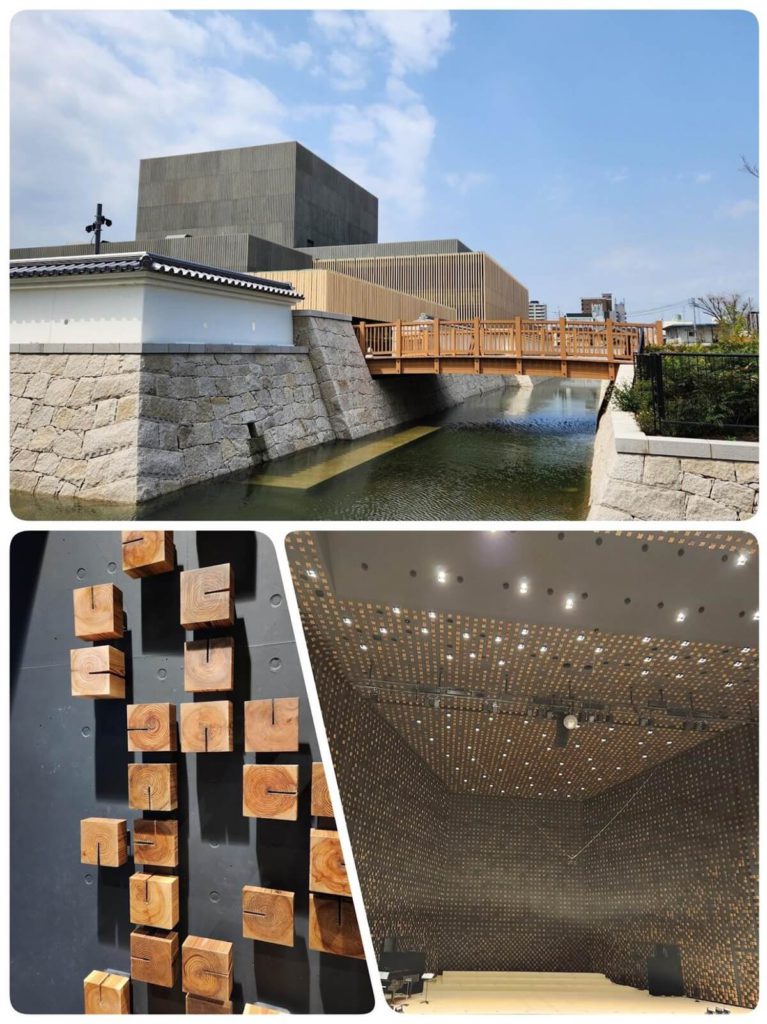
Koinobori Festa 1000

I would like to introduce another event that takes place during the “Golden Week” holiday period. During the Koinobori Festa 1000, which has been held since 1992, approximately 1000 koinobori (carp streamers) are hung across the Akuta River, a symbol of Takatsuki.
In Japan, there is a custom of hanging up koinobori on Children’s Day, May 5, wishing for children’s healthy growth and happiness. Koinobori are particularly displayed as a celebration for boys, and a lot of koinobori could be seen swimming in the sky here and there in the yards and on balconies at this time of year. Recently, however, the number of koinobori has drastically decreased. This may be due to a decline in the number of children, lack of places to display them, or simply because it is too much hassle. Although it is sad to be losing a traditional Japanese custom, the spectacular scenery of the “Koinobori Festa” event is a great source of inspiration.
In this event, about 1000 carp streamers are typically displayed from April 20 to May 5 each year. Visitors delight in observing the large groups of carp streamers gracefully fluttering in the wind above the river and capturing commemorative photos with their children. These carp streamers are mostly donated by people who no longer need them at home, and others are handcrafted by kindergartens and senior citizens’ homes in the city.
On April 29, some stage performances are held in the riverside park (芥川桜堤公園 Akutagawa sakura-zutsumi kouen).
History of Koinobori

Lastly, I’d like to add some notes about this traditional custom. Isn’t it strange to see carp flying? The origin of koinobori can be traced back to an ancient Chinese legend. It is said that a carp was the only fish that won a race, swimming upstream in the Yellow River and transforming into a dragon. For this reason, a carp was considered to be a symbol of strength, courage, and success.
During the Edo period (1603-1868) in Japan, samurai families hung banners to celebrate the birth of a boy, often shaped like a carp, symbolizing strength and perseverance. Over time, this tradition evolved into the display of colorful carp streamers, symbolizing children’s health, happiness, and success. Typically, three carp streamers are displayed, with the largest black one representing the father, followed by a smaller scarlet one for the mother, and the smallest blue one for the child. While the traditional set consists of these three colors, additional colors like green may sometimes be added.
The five-colored streamer on the top corresponds to the five elements theory (五行説) based on the ancient Chinese theory: blue for wood, red for fire, yellow for earth, white for metal, and black for water. According to the theory, everything on the earth is made up of these five elements that influence each other. The five-colored streamer is meant to ward off bad things and wish for the safe growth of the child.
Conclusion
Thank you for reading to the end. As our lifestyle has changed, the ways of celebrating traditional customs have also been changing. Although I rarely see large koinobori at people’s homes these days, many community events and festivals still feature koinobori displays throughout Japan. I believe that the sight of these colorful streamers can promote a shared cultural heritage across generations.
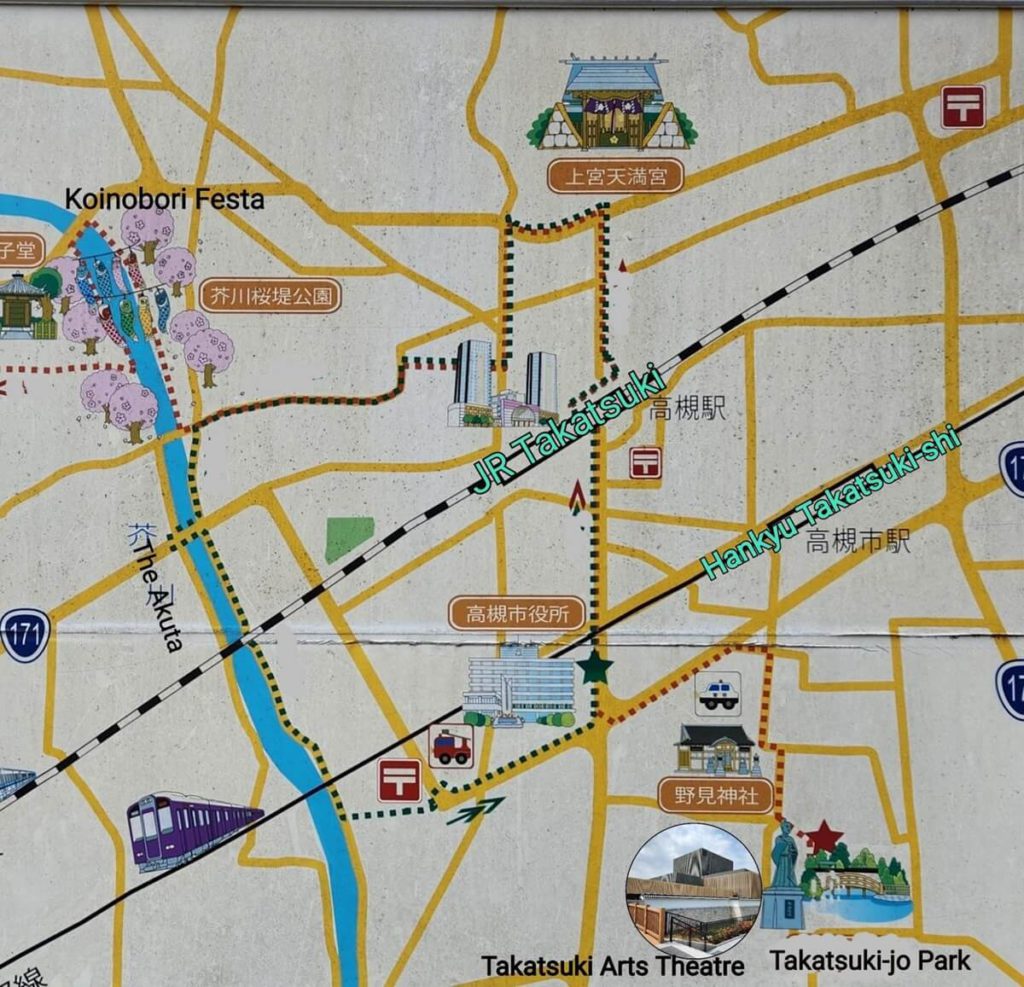

Lives in Takatsuki city, Osaka. Has been engaged in English for work and fun for years.


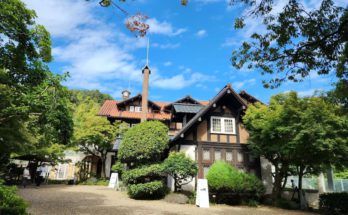

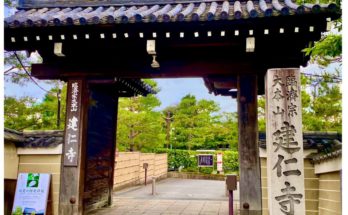
 HTJ has a YouTube page! Check it out
HTJ has a YouTube page! Check it out